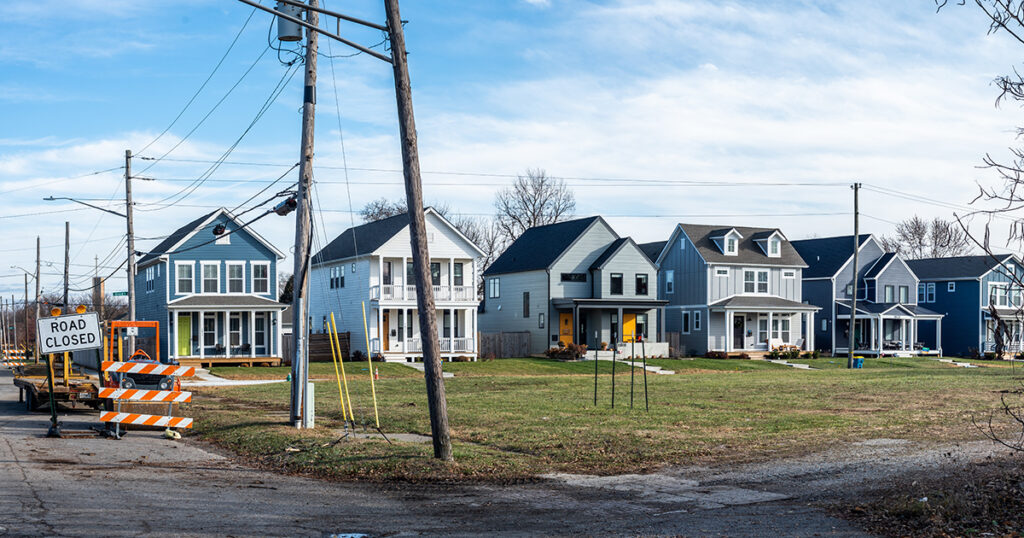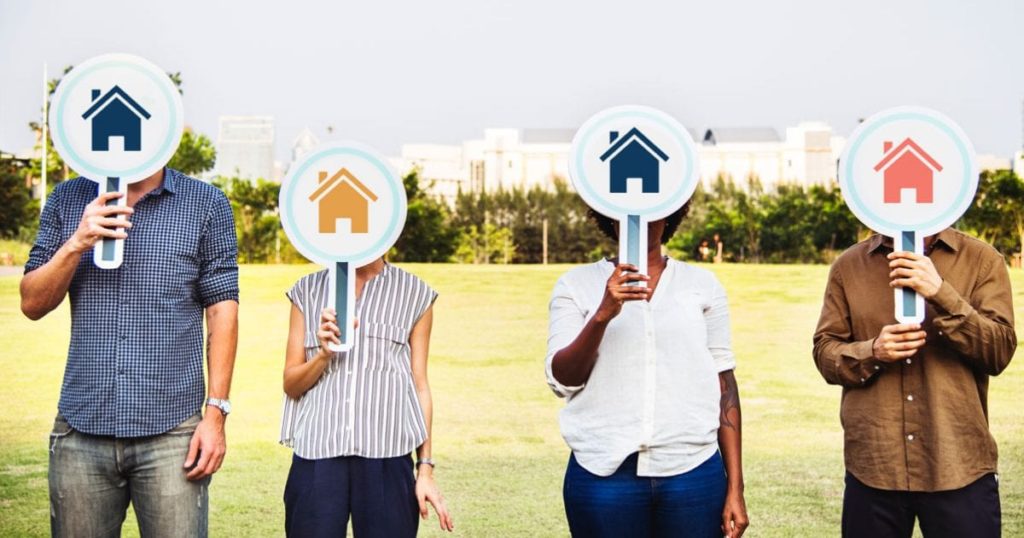As the real estate market has been in unprecedented cycles for the past few years, many potential buyers are becoming open to scenarios they may not have even considered in previous years or other economic situations. One such consideration might be widening your search criteria to consider what is known as an “up-and-coming” neighborhood. Other terms to describe these areas are “transitional,” or “gentrified.”
While some may offer ethical arguments on whether or not it is respectable to uproot existing inhabitants of a particular area in order to buy up the real estate there, improve it, and sell it at a profit, others argue that this is often just the life cycle of cultural and social factors.
“Up-and-Coming” Defined
Forbes suggests there are often four main characteristics of a neighborhood or area that is considered “up and coming.” One of the biggest signs of change in an area is the sight of new construction. Whether it is new homes or businesses like restaurants, gyms, or entertainment venues, these can all be clues that a neighborhood is in transition.
Next, when you notice a lot of “flipped” homes, or homes that have been completely renovated with particularly trendy styles, this can be a sign that an area is in transition. Another sign is an influx of young people. Typically a younger crowd will be inclined to rent or buy a home in an area where there are plenty of amenities. Finally, “up and coming” areas are often found in close proximity to a larger city. It is widely accepted that growth starts in the city center and moves outward from there.
Advantages of Buying a Home in a Transitional Area
Ideally, one of the most advantageous aspects of buying a home in an “up-and-coming” area is that you are getting the home at a lower price than what it will eventually be worth. However, oftentimes patience and a willingness to play the long game with your investment is the name of the game.
Sometimes, it can take years or even decades for a previously unestablished area or community to fully develop, thrive, and flourish and in some cases, you are simply gambling on the hope that the area will become fully developed, establish popularity, and therefore increase in value. If the “up and coming” area does follow this trajectory, then your long-range investment projections will have been worth it financially.
Cautions to Be Aware Of
In addition to the risk of buying in an unproven area, buying in an “up-and-coming” neighborhood could also mean that you are moving to an area where there are lower-rated schools and higher crime rates. Be sure to ask a trusted real estate professional to give you some hard data in these regards especially if you think you may not be in the area long enough for it to reach peak popularity or price value. Resale can be difficult when crime rates are high and school ratings are low.
You should also visit the area during multiple times of the day to check for accessibility. If the area is in an especially metropolitan, urban, or commercial part of town, how might rush hour traffic impact getting in and out of your neighborhood? What other economic activities, businesses, or establishments are open during the day and/or evening hours? What about the noise concerns? Population density? What city structures are nearby? Parks, public transit, sidewalks? Are there any historic regulations for making changes to your home?
While buying a home in an “up-and-coming” neighborhood isn’t something to enter into without careful research and planning, it can be an incredibly rewarding way to become part of a growing community effort as well as a chance to gain significant property value over time.




